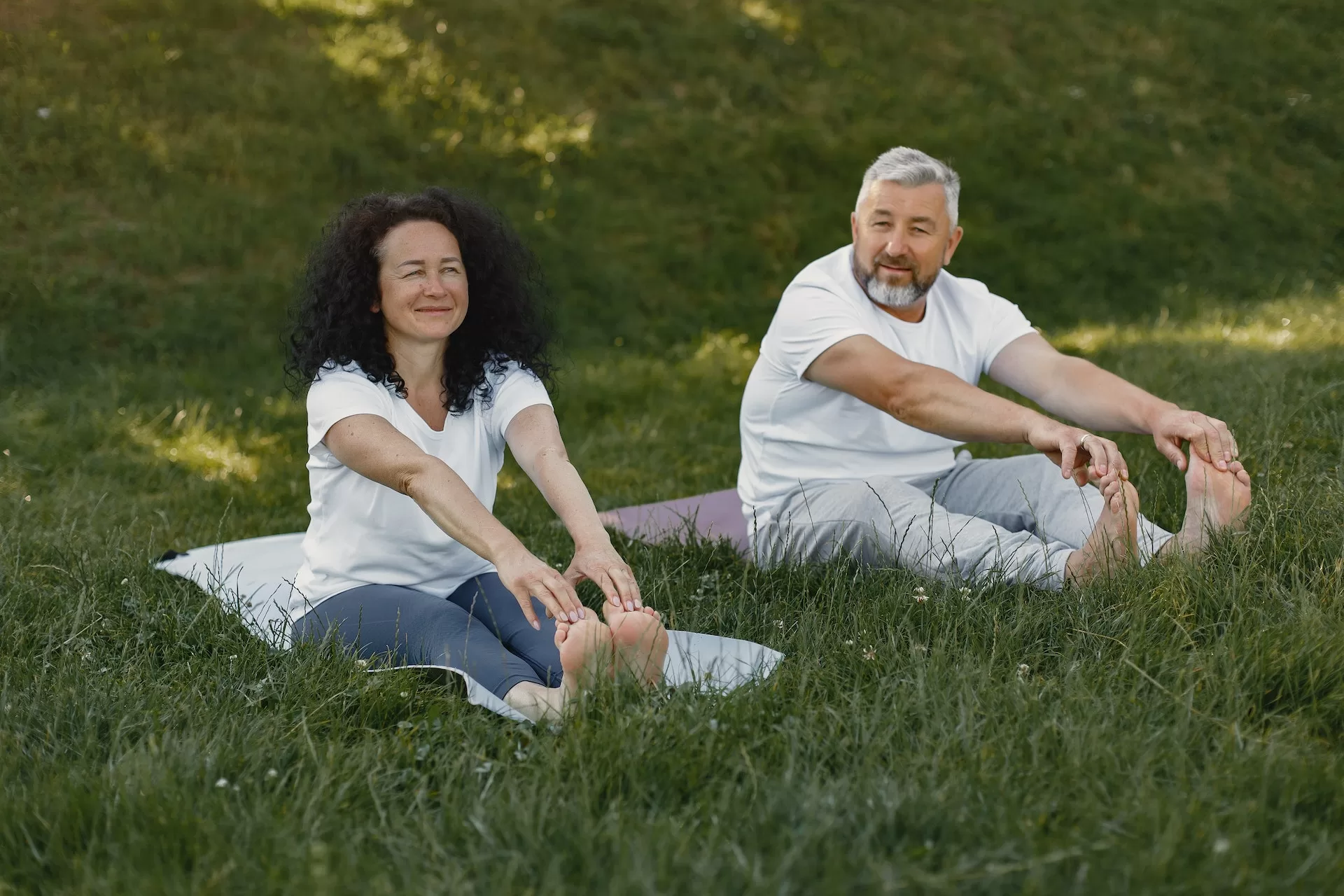One of the biggest misconceptions about yoga, or asana practice as it’s often referred to, is that it requires extreme flexibility to be good at it. It is true that stretching and maintaining one’s flexibility is a part of a regular asana practice, but it is not the only prerequisite to having a successful practice.
In fact, over-stretching can be counter-productive in many ways and can cause more harm than good. In this comprehensive guide, we will explore the concept of flexibility within an instructive asana practice, and how the journey of the postures themselves is more important than their eventual destination of extreme flexibility.
We will also look at how the power of staying inflexible can be a beneficial way to increase strength and challenge the practitioner in new and different ways.
The importance of the destination versus the journey in asana practice
When beginning any asana practice, one must pay close attention to the idea of the ‘destination’ or the eventual pose, and the ‘journey’ or how one gets there.
It is important to remember that the destination of the asana is not the end-all, be-all and that it is equally important to pay close attention to the journey that one takes to get there. This means having awareness of the body and paying close attention to the breath, as well as noticing the small details that make up a posture.
Especially for those not overly flexible, focusing on the journey of the asana can allow for one to receive the full benefit of the posture, even if they cannot reach the ideal destination.
The power of in-flexibility
When practicing yoga, many practitioners may look upon their inflexibility with disdain due to the belief that without extreme flexibility, they won’t be able to achieve the postures they’re attempting, which is simply not true. Although you may not initially be able to achieve the “ideal” pose, by focusing on the entire journey, the body will eventually be able to reach the full range of motion that the pose requires, with strength and grace.
By incorporating tools such as blocks, straps, and chairs, the practitioner is able to gain deeper connection and awareness to their bodies, as well as build strength in the process. This is not just beneficial for those who are not extremely flexible, but for everyone. It allows for the practitioner to ‘meet themselves where they are’ and accept their level of flexibility. It allows for the practitioner to learn how to be in control of their body, even when stuck in a situation where they may be feeling inflexible.
Connecting experience with physical anatomy
When working with inflexibility, it is highly important to look at the connection between physical anatomy and experience when approaching any posture.
For many practitioners, a physical limitation may not just be due to tightness in the muscles, but can also be due to something much deeper, such as emotional pain or trauma.
Whenever a practitioner has a physical struggle in a posture, it is important to take a step back and look at the full body spectrum of understanding. Often times, there is an underlying emotion or fear that is manifesting as physical inflexibility, and if that emotion is not addressed, it can be hard to move forward.
This is where connecting experience with physical anatomy comes in. By understanding the journey one is taking, the practitioner can gain a greater sense of autonomy over their own body and physical state, as well gain an inner awareness and acceptance of the presently.
For example, if one is experiencing particular difficulty with backbends, look at the deeper emotion that could possibly be contributing to it. There may be an underlying fear of falling backwards, or an inability to catch oneself in an awkward position; If one is able to look at it with a compassionate eye, one may find that the body naturally begins to open up.
The importance of breath
The importance of breath in any practice should not be understated. When faced with physical inflexibility, working with breath can help to deepen the experience of the posture. It can help one to relax and open the body, as well as connect one to the deeper emotions that could be inhibiting the posture.
By honoring the fact that flexibility is not just about physical strength, but about emotional and spiritual strength as well, one can begin to cultivate a practice that is honest and true to themselves.
Conclusion
In conclusion, it is important to remember that flexibility is not an end goal in any yoga, or asana, practice. By having an awareness of the destination of the postures as well as the journey that one takes to get there,the practitioner is able to work with flexibility, or lack of it, in a way that honors their body and serves them in the moment.
Through the use of props, breathwork, and connecting the physical with the experiential, true strength and flexibility can be achieved over time. This power of inflexibility should not be underestimated and can be a powerful tool in one’s asana practice.

